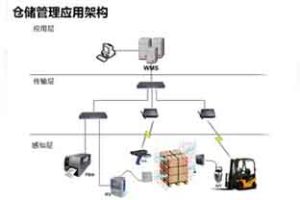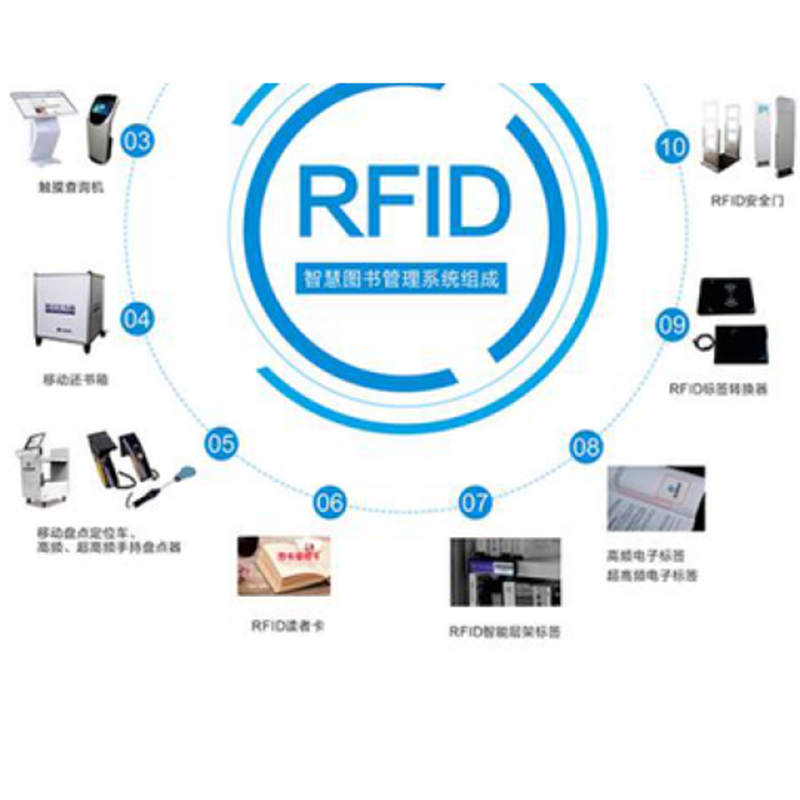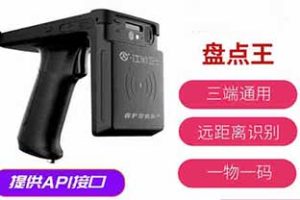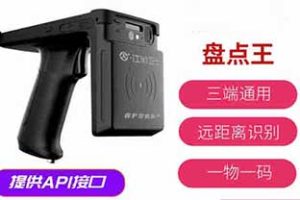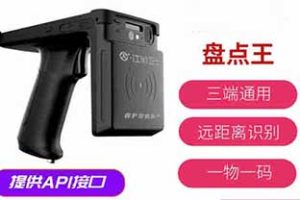RFID Technology 123, Future Supermarket RFID Technology Manipulates Customer Tour Routes
When you walk into a local supermarket, you are holding a shopping list in your hand: eggs, milk, bread, some boneless pork chops and steak, cereal, potatoes, fruits, and what other things? It could be a pack of potato chips. At this point, you are very clear about your procurement route: basic necessities such as meat, bread, and milk are cleverly scattered on the surrounding shelves, and passing and returning along the way will have to pass through many other shelves. Perhaps you will grab one or two items that you didn’t originally plan to buy, which is what the supermarket manager wants to achieve. Of course, there are also traditional cash register small shelves: candies and chewing gum are placed at the checkout, making it convenient for customers to make last-minute purchases.

This kind of display arrangement in grocery stores has been around for many years and seems to have remained unchanged throughout history. Is it time to keep up with the times? Merchants not only need to scatter basic daily necessities around the store, but also guide customers to move around the store, just like guiding mice through a maze. Today’s technology suggests that it can be achieved, especially if the industry takes note of a recent study by Jeffrey Inman, a marketing professor at the University of Pittsburgh’s Katz School of Business. With the help of modern coupons issued by smartphones and wireless radio frequency identification (RFID) tags attached to customers’ backpacks and clothes to track their movements in the store, Inman studied the details.
“Merchants have indeed achieved the dispersion of product placement, but what they have not achieved is the special distribution of personal coupons through smartphones,” said Inman. After observing hundreds of customers at two large supermarkets in Oregon and Pennsylvania for several weeks, Inman found that a shopper spent $1 more than their budget for every 55 feet (or 20 steps) they walked inside the store. Inman made this discovery by investigating the shopping plan in advance, tracking its activities in the store with RFID tracking technology during the period, and checking the receipt afterwards. But a more important part of this study is about coupons. Supermarkets can now collect customer information through loyalty programs, and with this data, so-called cost saving coupons can be targeted and distributed through mobile devices. Inman sampled consumers and divided them into two groups: 1) the products corresponding to the coupons were placed near their normal walking path; 2) The products corresponding to the coupon are far away from that channel, so if they want to purchase, they have to take more detours in the store. The results showed that customers who were forced to take more detours exceeded their budget by an average of $21, while those who only turned near their regular route exceeded their budget by an average of $13, a difference of up to 61%.
RFID Technology 123, Future Supermarket RFID Technology Manipulates Customer Tour Routes
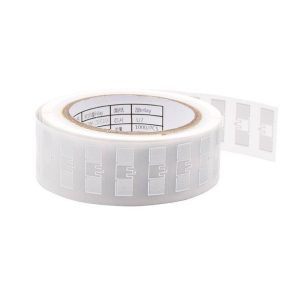
Yingman pointed out that supermarkets and other retailers have not yet designed any meaningful plans to guide customers to browse the store more according to the instructions of the store manager. “Retailers are also struggling to integrate their various applications together, and there are always privacy concerns about whether consumers will choose to use coupons,” he said. But consumers generally show a willingness to sacrifice a bit of privacy in exchange for discounts and convenience. Moreover, in an industry with a profit margin of just over 1%, Wal Mart has a small market share of more than 20%, while large grocery chains such as Kroger and Safeway distinguish their businesses from discount stores by upgrading their stores and self operated brands. This is certainly good, but there is a more basic way to increase revenue. As Yingman said, “Make an article on increasing customer shopping volume.” If in the near future, if you find yourself walking into some infrequent areas of a grocery store, you will know the reason behind it.

